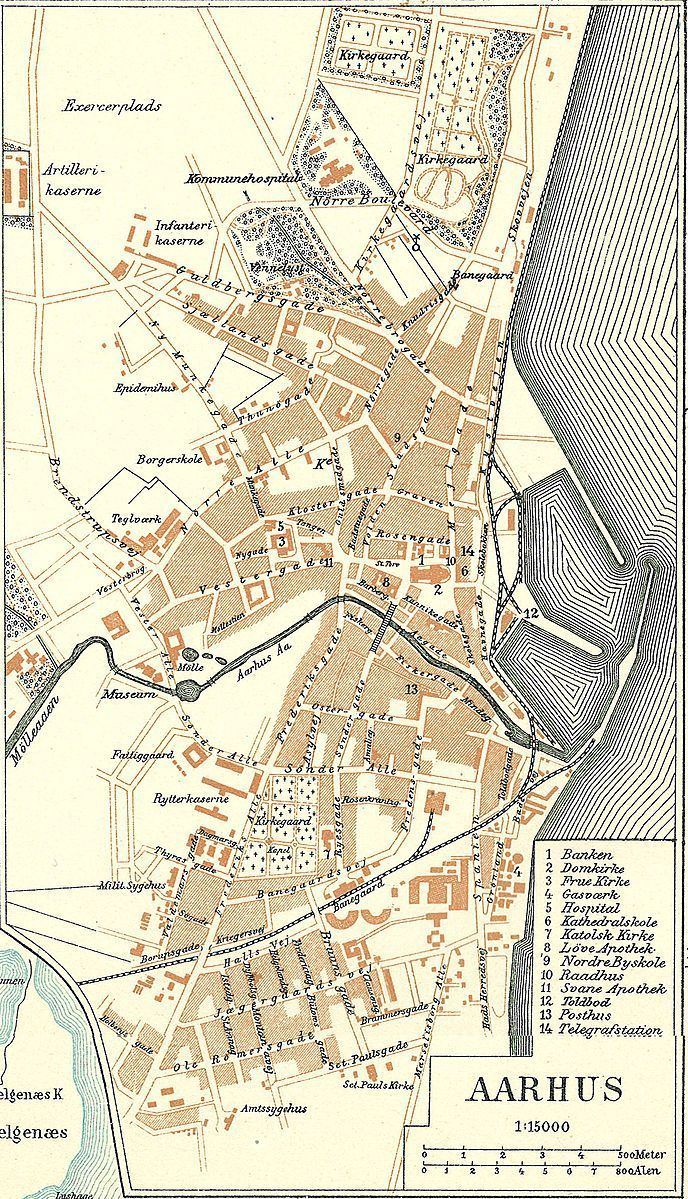 | ||
The following is a timeline of the history of the city of Aarhus, Central Denmark Region, Denmark.
Contents
Viking Age
Middle Ages
Renaissance 16th - 18th century
19th century
20th century
World War II
Post-World War II
21st century
References
Timeline of Aarhus Wikipedia(Text) CC BY-SA
